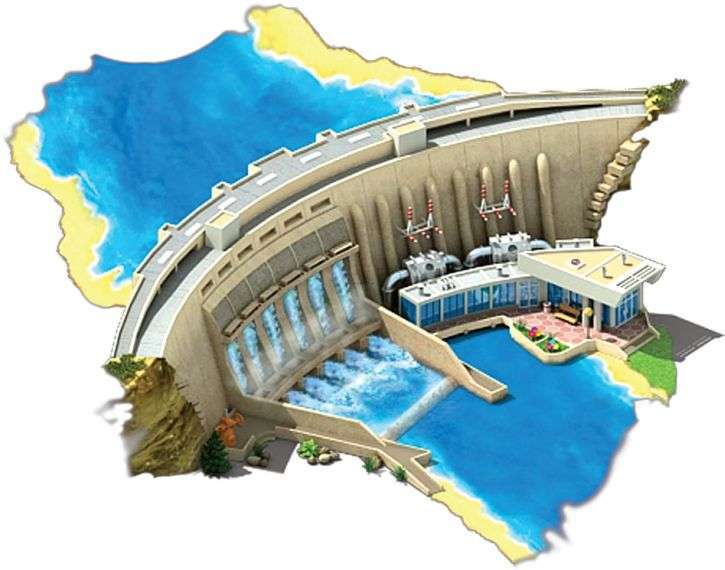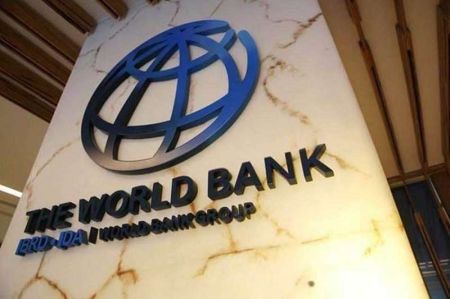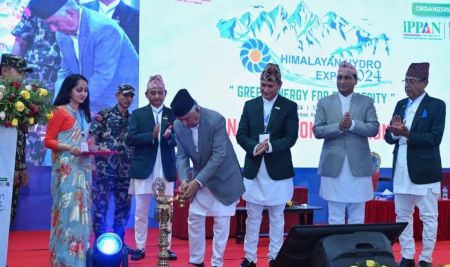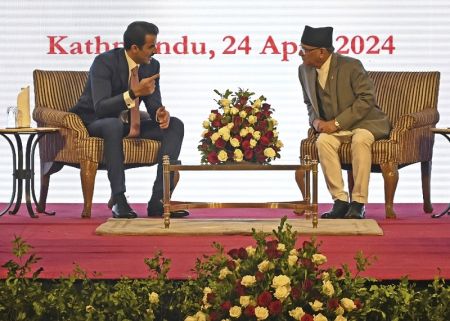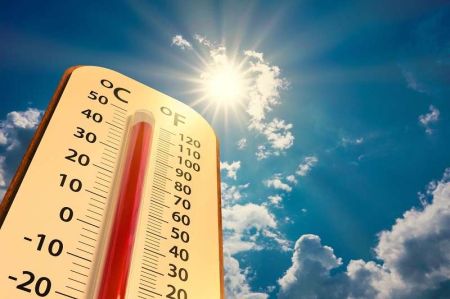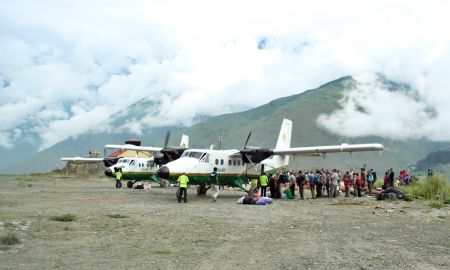November 23: The government has decided to sign power purchase agreement (PPA) by determining the need of electricity per year. For such agreement, projects of semi-reservoir and reservoir nature will be given special priority.
Nepal Electricity Authority (NEA) has already signed a PPA for a 6,000 MW river flow project. Similarly, projects with capacity of 9,000 MW are awaiting for PPA.
PPA has been halted for the last three years. The private sector has not only objected to the suspension of the PPA, but has also demanded its immediate resumption. The Ministry of Energy, Water Resources and Irrigation is preparing to sign the PPA by determining the capacity of the project.
Minister for Energy, Water Resources and Irrigation Pampha Bhusal has also been publicly stating that PPA will be signed by determining the need.
In India, memorandum of understanding is signed only for project construction. PPA is signed only after the construction of the project.
NEA has been signing PPA at Rs 4.80 per unit in rainy season and Rs 8.40 per unit in winter.
Time and again, demands have also been raised that PPA should be signed on the basis of expense. Taking into account all the facts and circumstances, both the ministry and the authority seem to be thinking of taking the process forward on the basis of competition.
Minister Bhusal says that it will be more materialistic when the agreement is done considering the demand for electricity in the next 10 years.
Executive Director of NEA Kulman Ghising said that the PPA of semi-reservoir and reservoir projects has not been stopped even though there is no PPA for the river-flow project immediately.
NEA had decided to provide an average of Rs 12 per unit for reservoir projects in 2074. The seasonal rate has also been fixed. Reservoir projects also seem essential for the energy security of the country.
An energy expert and president of the Institute of Engineering, Tribhuvan University, Professor Amritman Nakarmi says that each country has an additional 30 percent energy reserve for energy security. He added that focus must be given to reservoir project as it would be effective in the case of Nepal.
So far, more than 2,000 MW of electricity has been connected to the national grid. Similarly, 138 projects with total capacity of 3,507 MW are under construction. Similarly, preparations are underway for the construction of 99 projects with capacity of 1,851 MW.
According to the Independent Power Producers’ Association of Nepal (IPPAN), 208 projects with capacity of 16,574 MW are in various stages of study. Two projects with capacity of 1,579 MW are also under construction. A total of 611 projects with a total capacity of 25,417 MW are in the process of construction in one way or another.
Financially and technically, projects with capacity of 57,000 MW are in a position to be constructed within Nepal. The government has strategically taken forward the issue of constructing reservoir project in every province except Province 2. The Tamor Reservoir Project of Province 1 is currently being studied.
Hydroelectricity Investment and Development Company Ltd (HIDCL) of Nepal is continuing the study in collaboration with Chinese company Power China. Similarly, the study of Sunkoshi II and III are being conducted in Bagmati Province.
The construction of 1,200 megawatt Budhi Gandaki hydropower project along the border of Bagmati and Gandaki provinces has not been done even though the study was completed a long time ago. Similarly, the process has been taken forward to construct reservoir projects in Gandaki, Karnali, Lumbini and Far West. Emphasis has been given on the importance of water resources projects for energy security.


